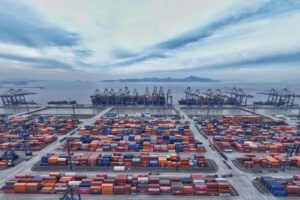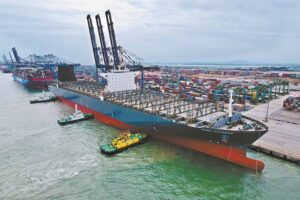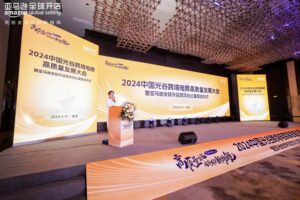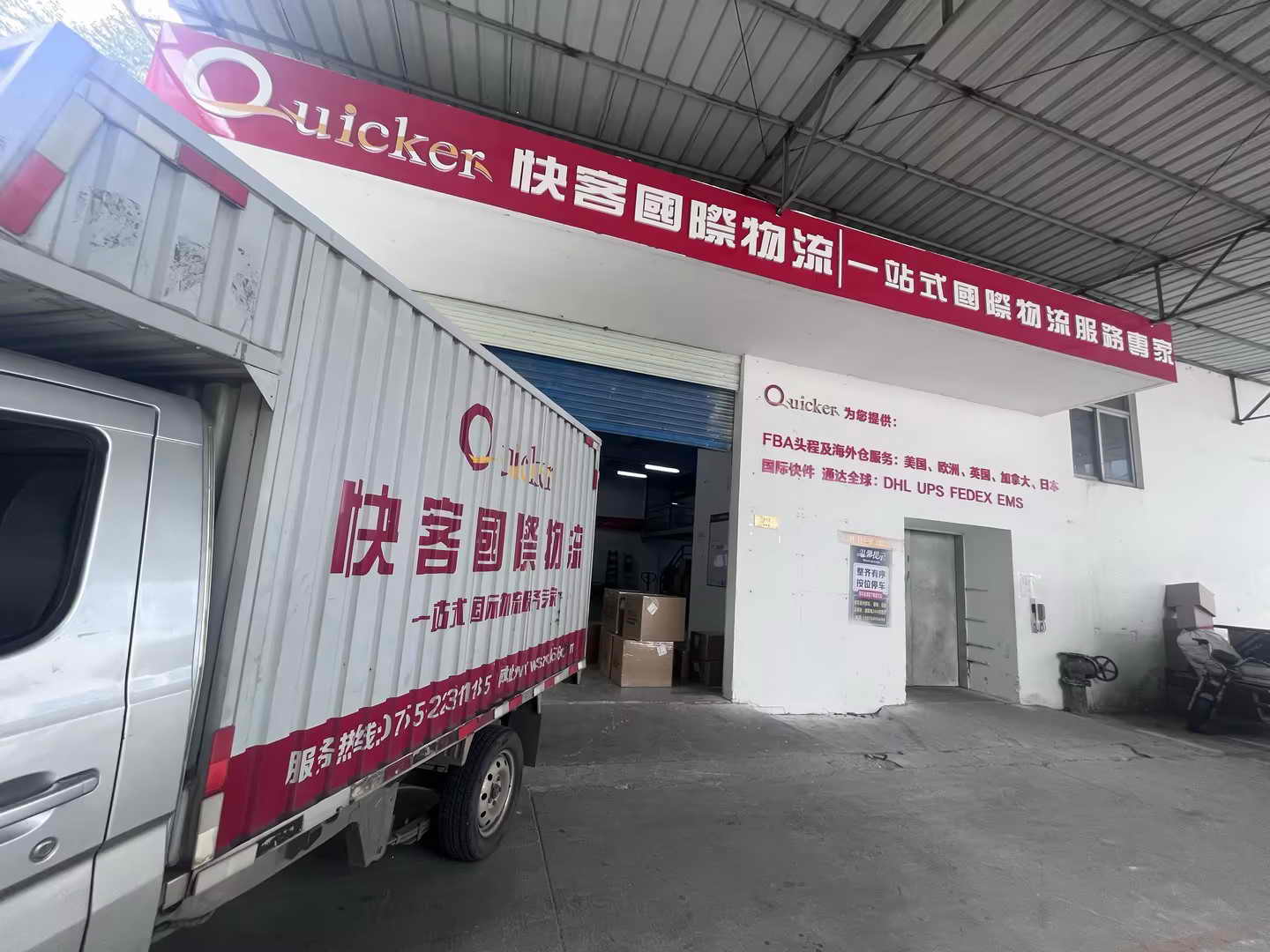Source: Dayoo.com | April 14, 2025
Shipping from Guangzhou Port. Guangzhou Port Authority has announced a robust performance in the first quarter of 2025, driven by its focus on economic growth, safety, preparations for the National Games, and quality improvements. With a “sprint from the start” approach, the port achieved a strong and stable opening, providing solid support for the development of the “12218” modern industrial system.
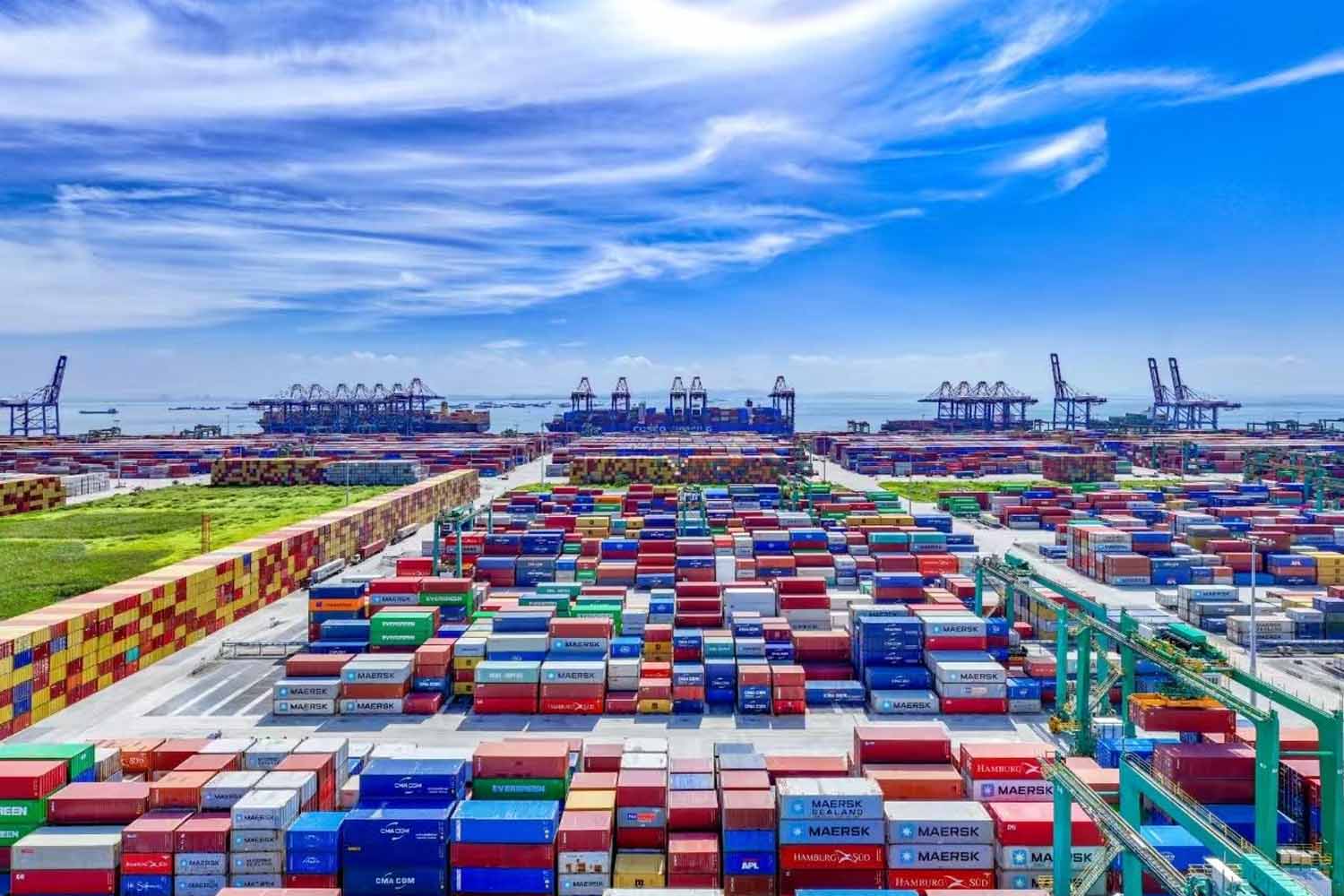
Foreign Trade Leads the Way with Record-Breaking Growth
From January to March, Guangzhou Port handled a total cargo throughput of 162.34 million tons, a year-on-year increase of 3.20%. Container throughput reached 6.52 million TEUs, up 7.02%. Notably, for the first time, foreign trade containers outpaced domestic trade containers, becoming the primary driver of growth. Foreign trade cargo and container volumes increased by 16.88% and 22.48%, respectively, while Nansha Port saw even higher growth rates of 22.33% for foreign trade cargo and 22.55% for foreign trade containers.
To expand foreign trade routes and cargo sources, Guangzhou Port Authority actively responded to changes in the shipping market by intensifying its efforts to develop new routes and attract cargo. A delegation visited Spain and Portugal to engage with ports and international shipping companies in Barcelona and Lisbon, promoting Guangzhou Port’s achievements and strategic vision. These efforts resulted in multiple cooperation agreements.
In the first quarter, Guangzhou Port added new routes, including Thailand’s CHL2, the U.S. East Coast ZCP, and the U.S. West Coast TP6. The port now operates 279 container shipping routes, including 174 foreign trade routes, connecting over 100 countries and regions and more than 400 ports globally. It has also established seven overseas offices. This extensive global network, combined with targeted cargo promotion, contributed to double-digit growth in foreign trade cargo and containers. Highlights include a 97.3% increase in foreign trade coal, a 24.9% rise in foreign trade automobiles, and a 22.6% growth in foreign trade containers at Nansha Port. Foreign trade steel surged by 165%, while foreign trade soybeans skyrocketed by 776%.
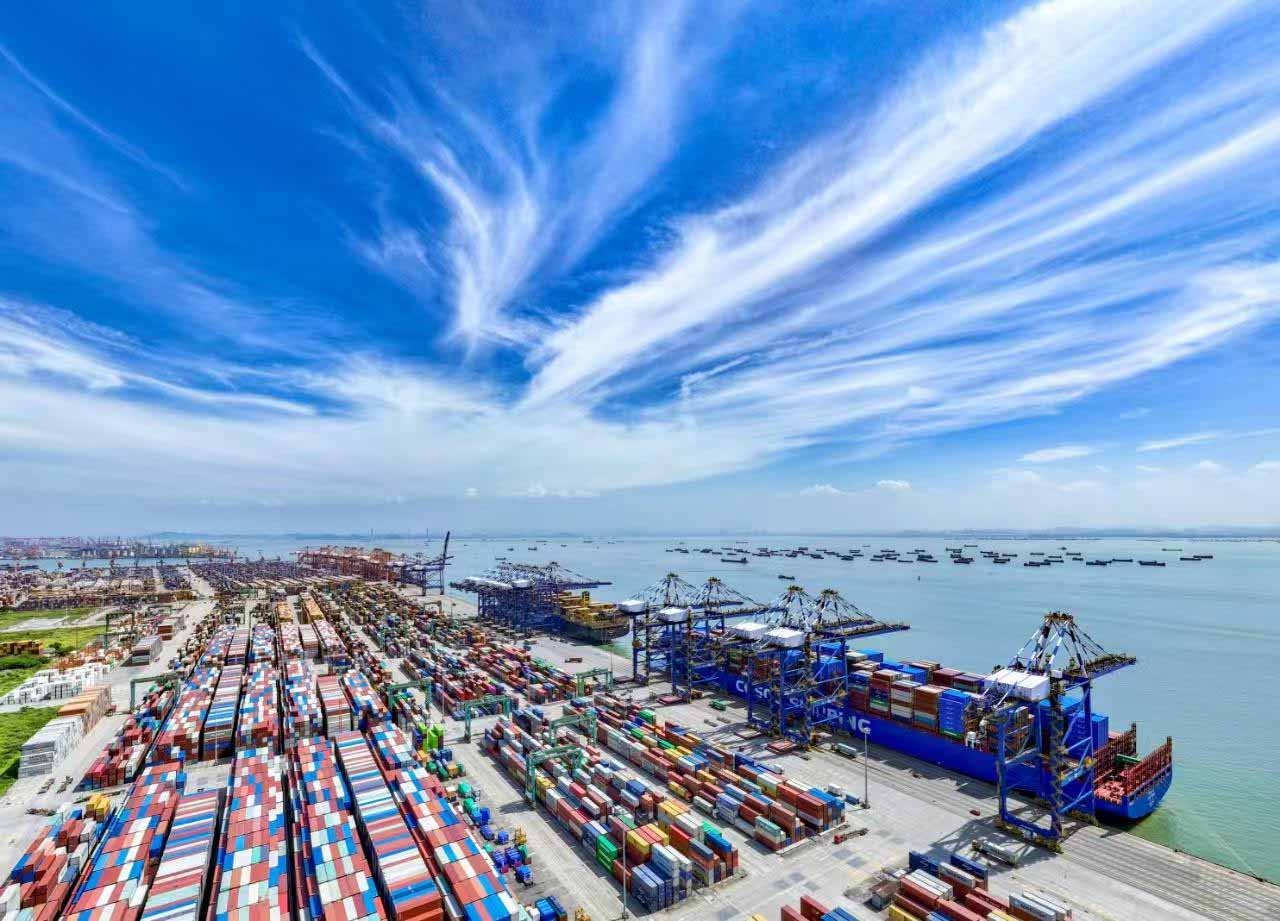
Strengthening Multimodal Transport: Expanding Inland Logistics Networks
Guangzhou Port Authority leveraged its role as a comprehensive logistics hub by enhancing its road, rail, and water multimodal transport network, establishing a “hub + corridor + network” system for rail-sea intermodal transport.
At the end of March, the “Three Ports, One Shipping Line” project—a high-speed FAST sea route jointly launched by Guangzhou Port, Shanghai Port, Tianjin Port, and Antong Holdings—began operations. This route offers high-frequency, three-day sailings and reduces logistics costs by approximately 65%.
Efforts to extend the port’s reach further inland have brought the “sea gateway” closer to businesses. The Liuzhou Inland Port officially opened, enabling local exports from Liuzhou to be directly transported to Nansha Port via rail-sea intermodal trains. Similarly, the Hunan-Guangdong-Africa efficient rail-sea network was launched, allowing goods from Hunan to reach Nansha Port within one day for export. To date, Guangzhou Port has established 35 inland ports and offices across the Pan-Pearl River Delta region and operates 39 rail-sea intermodal train routes, creating a seamless logistics network that connects inland regions to global markets.
Advancing Infrastructure Development: Major Projects Progressing
The Guangzhou Port Authority emphasized the importance of major infrastructure projects in driving the port’s development, accelerating approval processes, and ensuring resource allocation.
In early March, the Ministry of Transport approved the use of deep-water coastline for the Phase V project at Nansha Port. This milestone marks significant progress in the project’s preliminary work, with construction expected to begin in the third quarter. Located in the Longxue Island operation area, this project is a key component of China’s 14th Five-Year Plan. It is designed to handle over 6 million TEUs annually, with an estimated total investment of 16.35 billion yuan.
At the end of March, construction began on the main structure of the Nansha International General Terminal, a “super project” with a total investment of approximately 7.5 billion yuan. The terminal will include two 150,000-ton berths, two 100,000-ton berths, and 14 3,000-ton barge berths. Once completed in mid-2027, it will add an annual cargo capacity of 15.5 million tons and 500,000 TEUs.
In addition, the port authority highlighted the role of port investments in driving economic and social development. This year, the planned annual investment in port and shipping projects is 3.237 billion yuan, with 904 million yuan completed in the first quarter, achieving a completion rate of 27.92%. Fixed asset investment in water transportation increased by 98.1% year-on-year in the first two months.
Revitalizing Waterborne Tourism: Building a World-Class Waterfront Destination
Guangzhou Port Authority is leveraging the Pearl River’s unique advantages to develop a modern city with maritime characteristics and an international consumer hub. Efforts to create a world-class waterfront tourism destination focus on five dimensions: on the water, on the ships, along the shores, in the buildings, and in the skies.
On the ships, the authority is planning themed cruises for the National Games and high-end dining cruise experiences to boost economic growth.
On the water, it is advancing automated cruise technology and developing premium passenger ferry routes to establish a world-class urban cruise brand.
Along the shores, large-scale water-themed performances and the construction of waterfront tourism facilities will create a picturesque corridor.
In the buildings, themed light shows and enhanced nighttime lighting will transform the cityscape into a vibrant visual experience.
In the skies, platforms for aerial vehicles along the Pearl River are being developed, integrating low-altitude economy applications into the tourism experience.
The Pearl River cruise industry achieved a strong start in 2025, welcoming over 1.016 million tourists in the first quarter. On the fourth day of the Lunar New Year, daily visitors reached a record high of 43,700. During the Qingming Festival, the cruises received 46,800 visitors, a year-on-year increase of 30.96%.
This dynamic growth across trade, logistics, infrastructure, and tourism underscores Guangzhou Port’s pivotal role in driving regional and global connectivity while shaping the city as a hub for innovation and international exchange.


